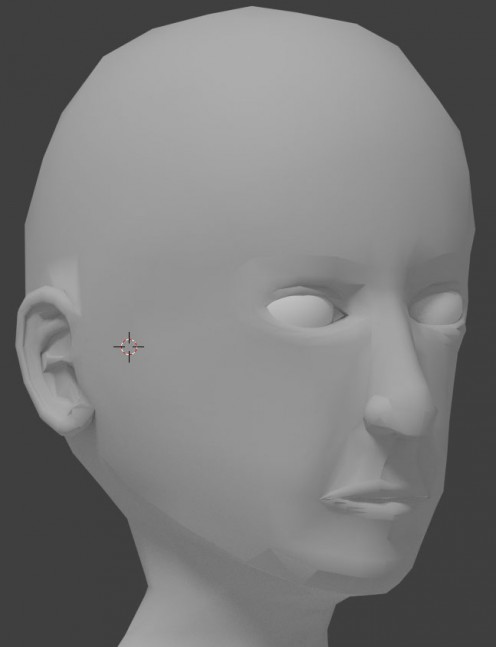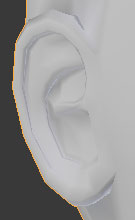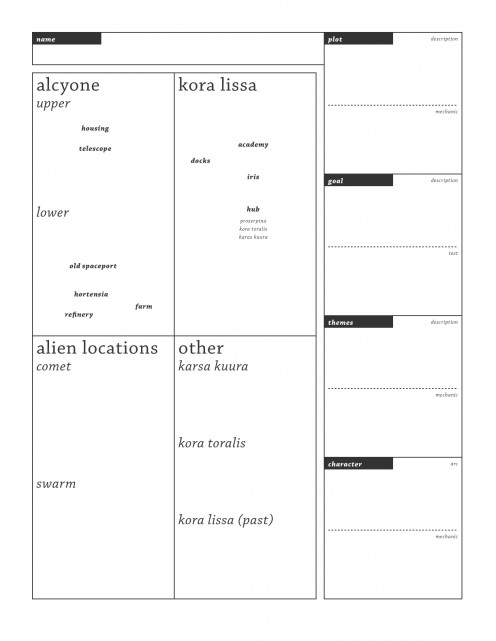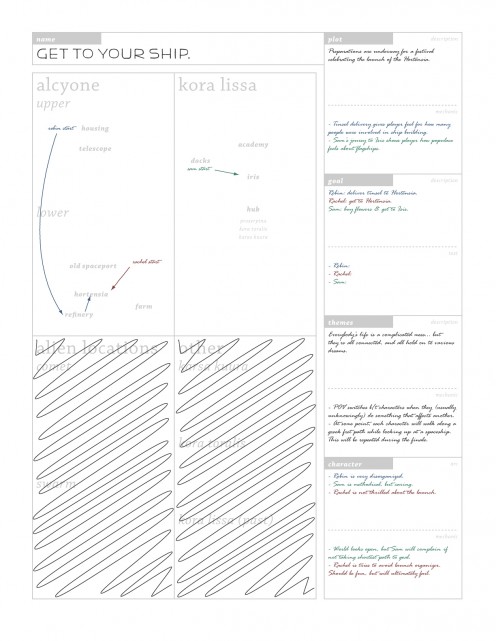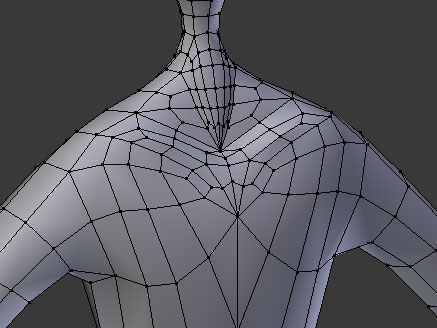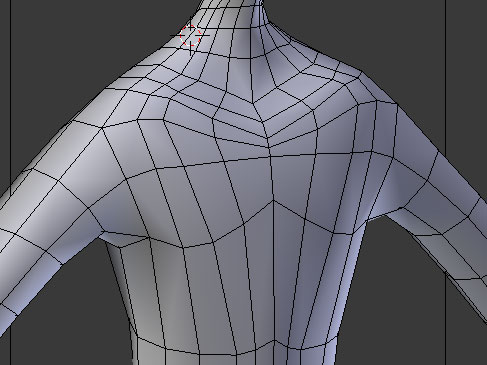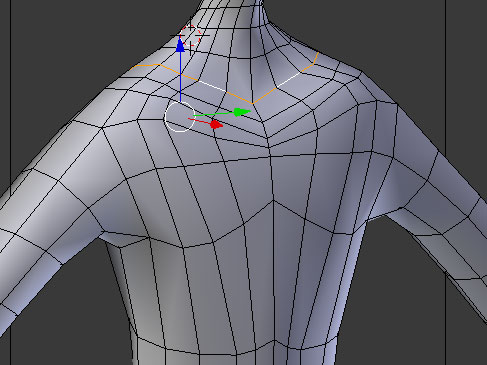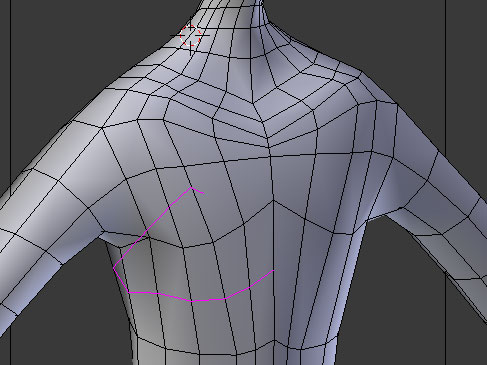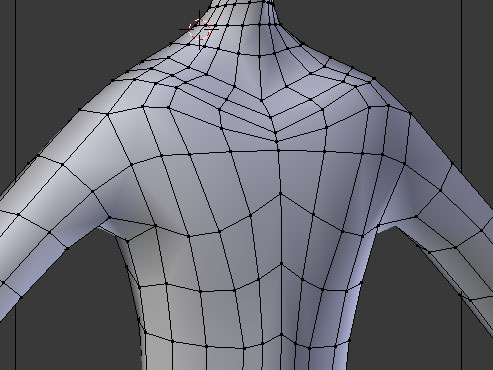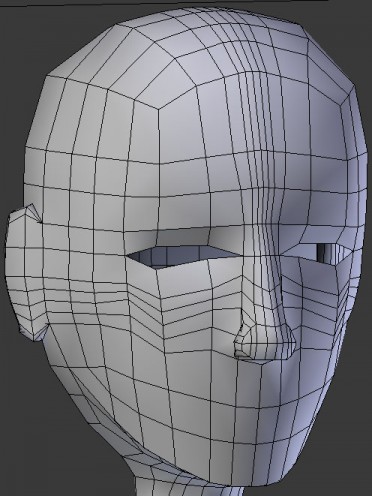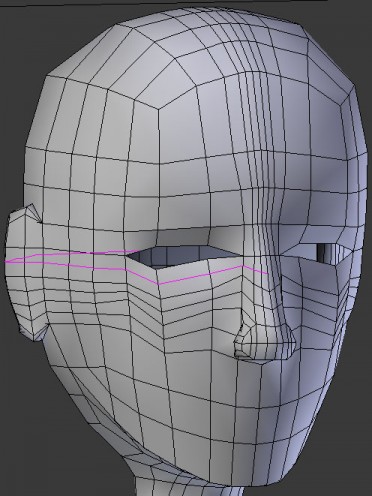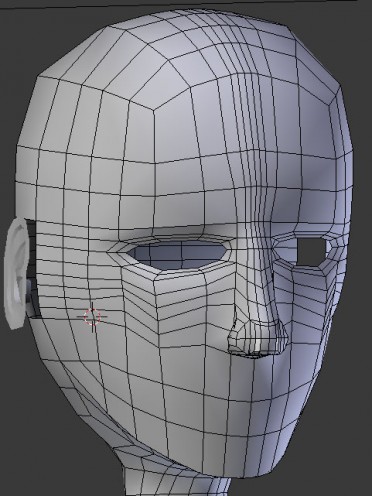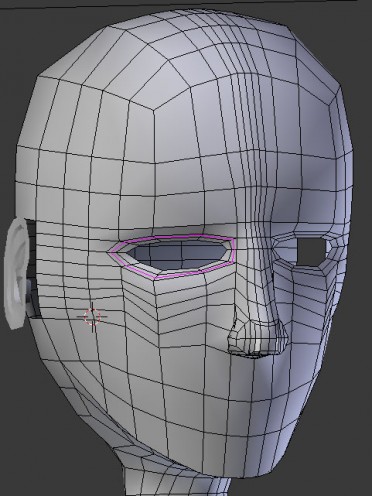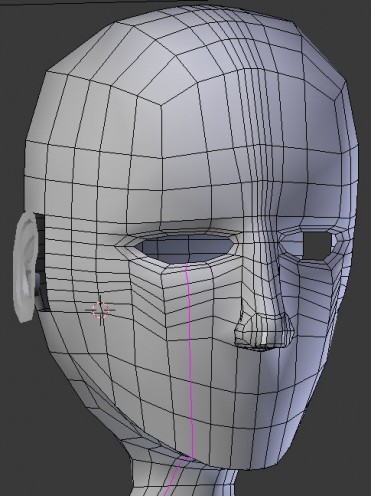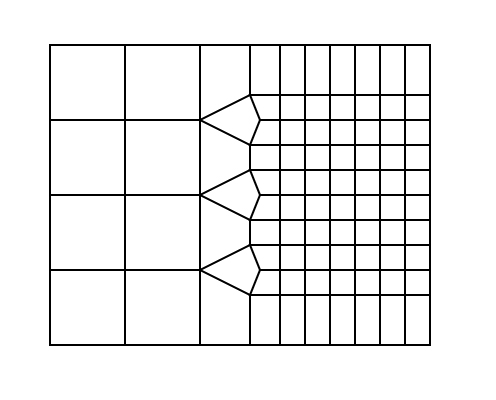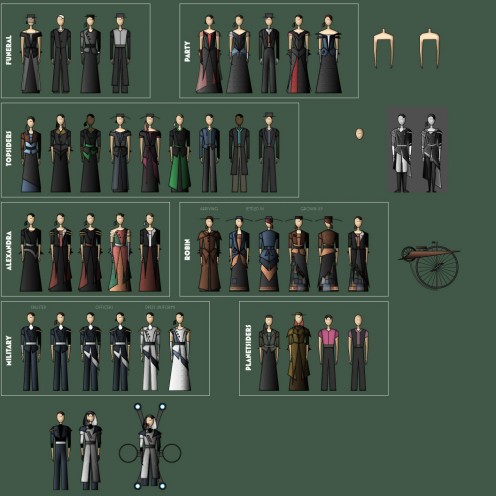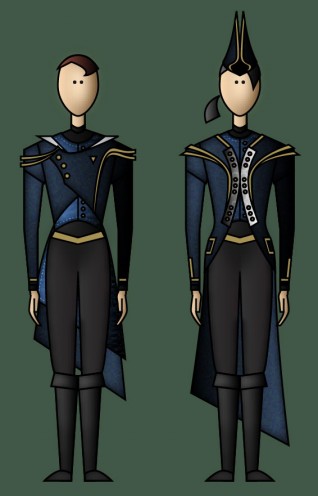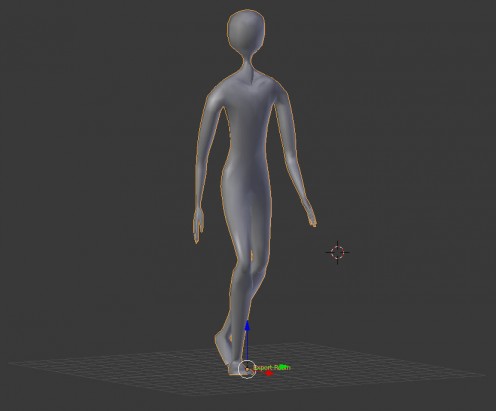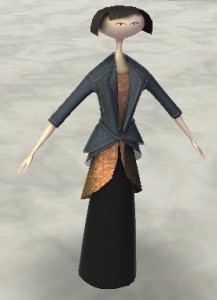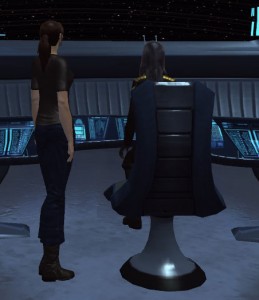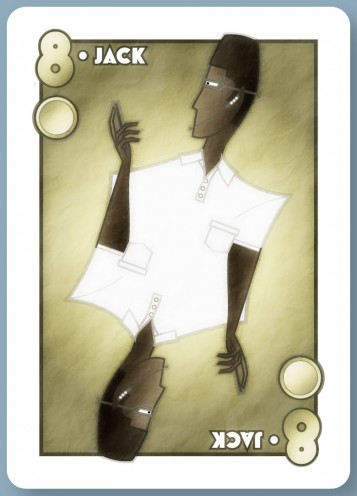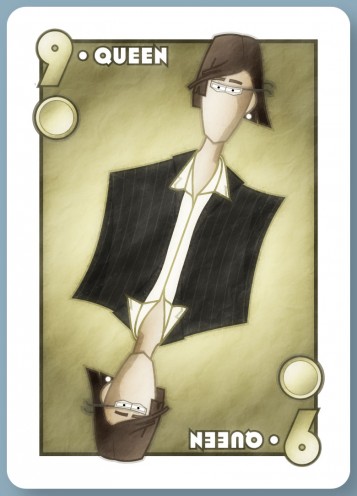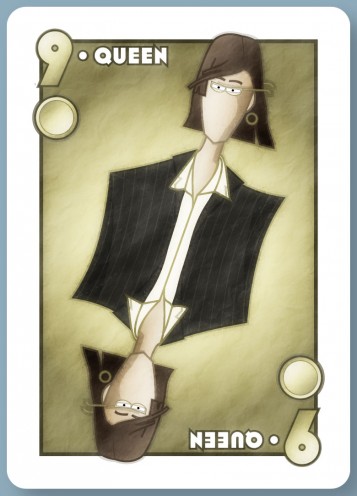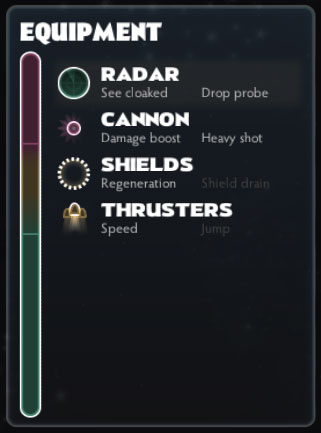 So there’s this equipment pane in Spindle Sun. To recap: the equipment pane is supposed to replace the power management sliders, equipment selection popups, and health bars you get in many outer space games, expressing all the same concepts as a single, re-orderable list. Each item has a passive, always-on effect and the higher up something is in the list, the more pronounced the effect — like, you could increase your sensor range by moving your radar up. Also, the top two items do something special when you press your fire button; those are said to be armed. So you can arm different items for different situations.
So there’s this equipment pane in Spindle Sun. To recap: the equipment pane is supposed to replace the power management sliders, equipment selection popups, and health bars you get in many outer space games, expressing all the same concepts as a single, re-orderable list. Each item has a passive, always-on effect and the higher up something is in the list, the more pronounced the effect — like, you could increase your sensor range by moving your radar up. Also, the top two items do something special when you press your fire button; those are said to be armed. So you can arm different items for different situations.
I want to make sure the player knows what the passive and fire effects are, and my first inclination was to make something where you click on an item and get a popup with a description and a nice big picture of the item and whatnot. Lots of games do this. However, I’ve opted for a minimal solution that requires less programming and design. So in the screenshot above, there are short blurbs to remind you what an item does under each item’s name in the list. If the item is damaged; everything will be greyed out; if armed, everything will be bright; if it’s just sitting there providing passive bonuses, just the fire effect text will be greyed out.
The descriptions are meant to be easy to ignore. I’ll probably push them farther into the background at some point; as they are now, I find them too loud.
If I’m going to have a unique ‘voice’ when it comes to game design, I suppose this is part of it: I want you to be able to drill down into a selection of data or an interface not with your mouse, but with your eyes. It should look simple from far away, but if you just look closer, you’ll notice there’s more going on. I don’t want a controls hiding behind tabs or popups or UI modes. I just want good layouts.
This is not something I can say I’ve seen in games a lot — I’m kind of thinking of newspaper layouts here. And that’s something I’d like to see explored more. Yes, tooltips and popups and expandable lists are neat things, but, strangely enough, I don’t want to rely on those kinds of solutions too heavily.
